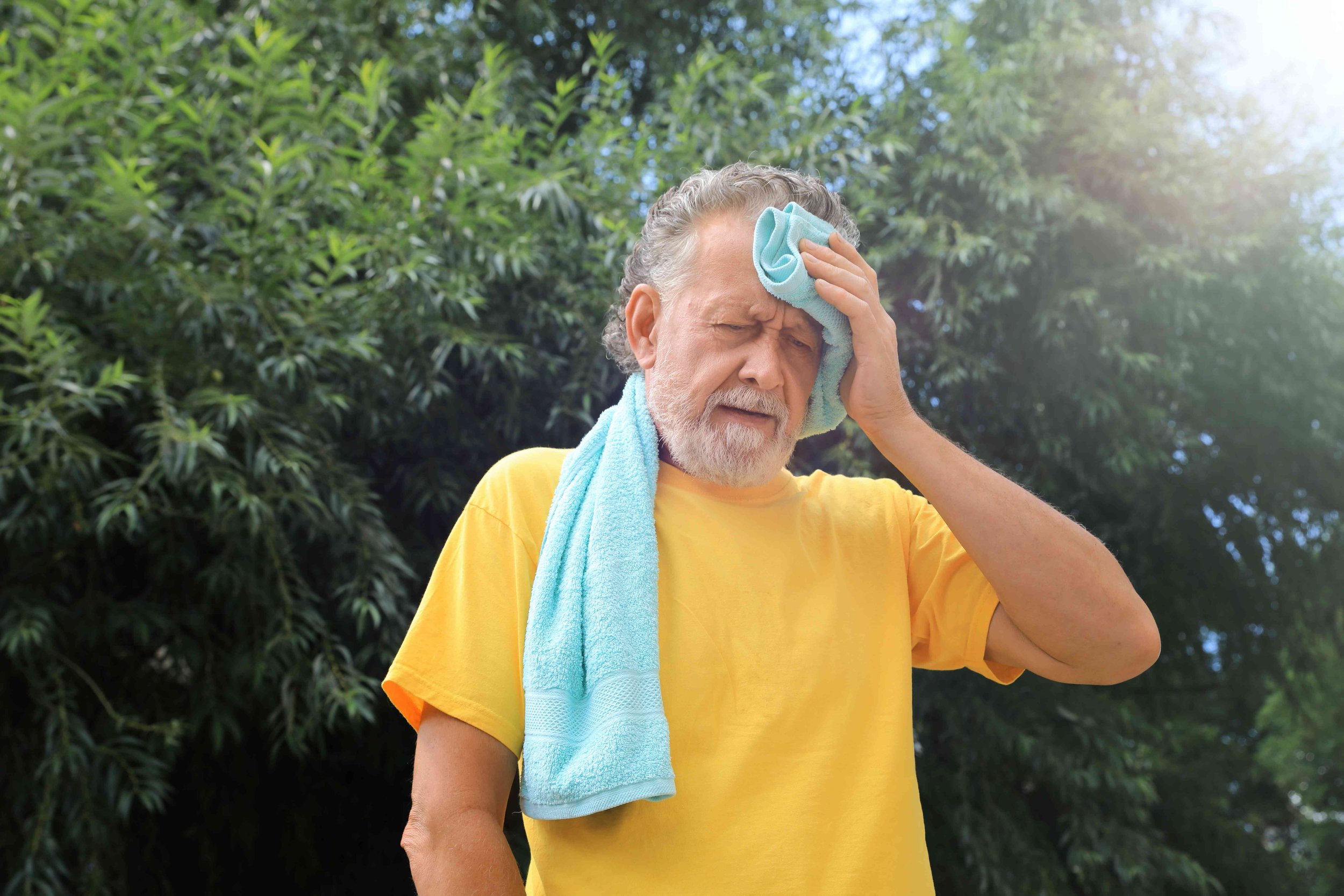Heat Injury and Illness Prevention in Outdoor and Indoor Work Settings Rulemaking
Heat is the leading cause of death among all hazardous weather conditions in the United States. Excessive heat in the workplace can cause a number of adverse health effects, including heat stroke and even death, if not treated properly. According to the Bureau of Labor Statistics, 479 workers in the U.S. died from exposure to environmental heat from 2011-2022, an average of 40 fatalities per year in that time period. Additionally, there were 33,890 estimated work-related heat injuries and illnesses that resulted in days away from work from 2011-2020, an average of 3,389 per year in that time period. However, these statistics for occupational heat-related illnesses, injuries, and fatalities are likely vast underestimates.
Workers in outdoor and indoor work settings without adequate climate controls are at risk of hazardous heat exposure. Certain heat-generating processes, machinery, and equipment (e.g., hot tar ovens, furnaces, etc.) can also cause hazardous heat when cooling measures are not in place. Some groups may be more likely to experience adverse health effects from heat, such as pregnant workers, while others are disproportionately exposed to hazardous levels of heat, such as workers of color in essential jobs who are more often employed in work settings with high risk of hazardous heat exposure.

